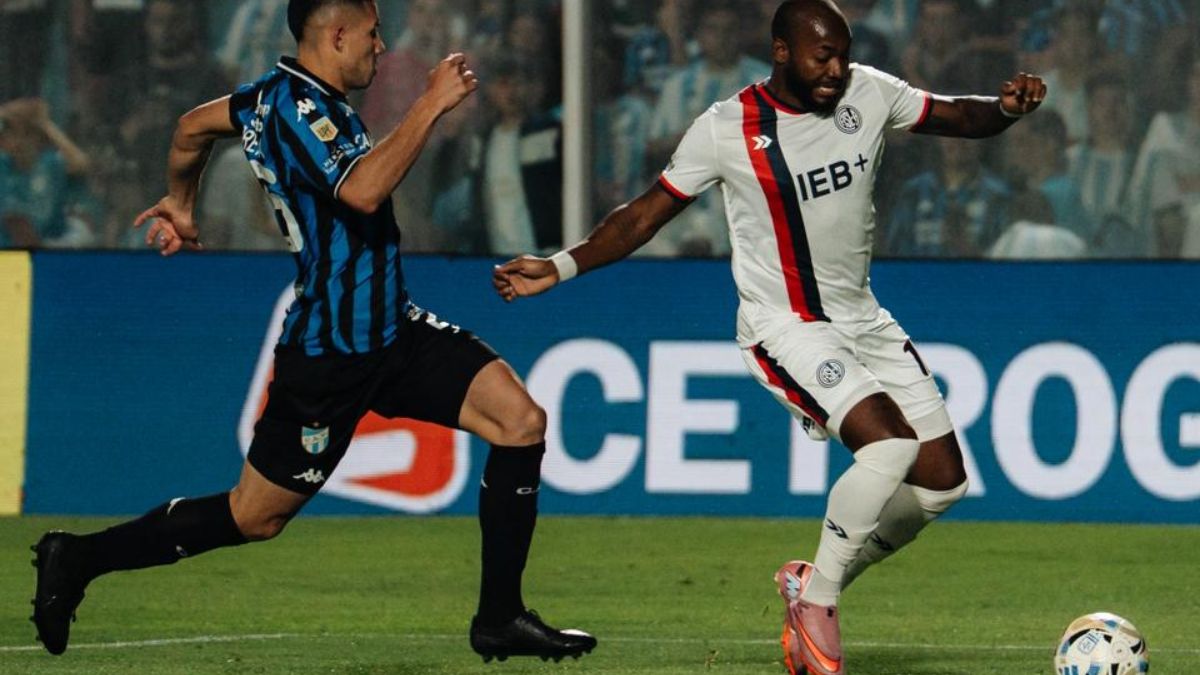What are the advantages of an IPS monitor and for whom is it worth purchasing? How to find the right screen for games and home office.
Regardless of whether you play on the computer or work in the home office, a decent monitor is important in both cases. With many manufacturers, sizes and resolutions, buyers quickly lose track of things. And what was Full HD, QHD, UWQHD and 4K again? Time to bring order to the chaos of monitors.
Amazon Prime Day: IPS monitors greatly reduced
If you’re looking for a new IPS monitor, Amazon’s Prime Day is the day to shoot a cheap screen. Prime customers receive huge discounts on many monitors. If you’re not already a Prime customer, you can testing. After that, it costs 7.99 euros a month. You can find top offers from all categories in the deals ticker.
25 percent Huawei display 60 cm (23.8 inch) Full HD, 60 Hz, 5 ms, IPS panel for 119 instead of 159 euros.
23 percent Discount on Viewsonic VX3211-MH 80.1 cm (32 inch) design monitor (full HD, IPS panel for 174.99 instead of 229 euros.
22 percent on BenQ GW2780 68.58 cm (27 inch) LED monitor (Full-HD, Eye-Care, IPS-Panel technology, HDMI, DP, loudspeaker) for 139 instead of 179 euros.
26 percent on ViewSonic VX3276 WQHD (2560 x 1440) IPS panel for richer colors and a large viewing angle, 32 inches for 199.99 instead of 269 euros.
IPS Monitor: What the panel has to do with the image
If you browse for monitors online, you’ll notice that manufacturers list different types of panels. But what is a panel anyway? First of all, it is important to understand the technology: In liquid crystal displays (LCD), background lights illuminate liquid crystals and thus create an image. There are now three panel types: Twisted Nematic (TN), Vertical Alignment (VA) and In-Plane Switching (IPS). It is important for you that the panels differ in how the liquid crystals are arranged in the monitor and how they are illuminated. So a panel is a construction. And as with building houses, each type of construction has its advantages and disadvantages:
- TN: Is cheap and has a quick response time. But the angle at which you can see the image on the monitor is not as wide as with IPS or VA. If you look sideways at a TN panel, you won’t see much.
- IPS: Usually displays the best colors, offers a better viewing angle, but is often slower to respond than a TN panel and is more expensive.
- VA: Usually offers the best contrast, i.e. the deepest black, but has a slower response time than TN and not as beautiful colors as IPS.
IPS Monitor: How important is the response time?
Manufacturers indicate the response time in milliseconds. It describes nothing more than the time it takes for the monitor to switch from black to white. The faster the display can do that, the better. A long response time therefore leads to motion blurring on the monitor. This is particularly annoying in action-packed games or when you are watching a movie or sport with fast movements on the screen. You will not notice the motion blur in office use. IPS monitors are allowed to react slowly here.
IPS Monitor: What refresh rate do I need?
The refresh rate is given by manufacturers in Hertz (Hz). The rule here is: the more, the better. Gamers want to see at least 120 Hertz and thus 120 images per second. A monitor with a refresh rate of 60 Hertz is sufficient for the home office.
Gaming monitors also have FreeSync or G-Sync. These are technologies from chip manufacturers AMD and Nvidia that avoid distorted images when playing games. Which technology is right for gamers is decided according to which graphics card in the computer is doing its job. AMD cards work with FreeSync and Nvidia chips with G-Sync.
IPS Monitor: Which resolution is the right one?
The most common resolutions are Full HD (1920 x 1080), QHD (2540 x 1440) and 4K (3840 x 2160) in the 16 to 9 format. Ultra wide-angle monitors are marked with a “UW” in front of the resolution, for example UWQHD (3440 x 1440) . Their format grows horizontally to 21 to 9.
But just looking at the resolution is not enough: It also depends on the pixel density how good a picture looks on the monitor. The pixel density is given by manufacturers in “dots per inch” (dpi) in German image points per inch. It describes how many pixels are on one square inch of the monitor. The more there are, the finer the picture.
Again, a high dpi is better than a low one. Logical: A 24 inch monitor with Full HD has a higher pixel density than a 27 inch monitor with the same resolution because there are more pixels on a square inch on the small screen. If you want to calculate the pixel density of your monitor, there is for that.
IPS Monitor: Full-HD-Displays
IPS displays with full HD resolution will also delight gamers in 2021. The reason for this is buried in the refresh rate. Manufacturers are able to affordably sell IPS monitors with up to 360 Hertz. The higher the resolution, the more gamers have to pay for an increasing refresh rate.
Gigabyte G27F Gaming Monitor: The is a designated gaming monitor. Its refresh rate is 144 Hertz with a response time of 1 millisecond. Its height is adjustable on its base. If the work laptop and gaming computer are at the same desk, the IPS display is only mediocre as an office monitor, because the monitor does not have USB sockets for charging the mobile phone.
| Size: | 27 inches (68.58 centimeters) |
| Resolution: | 1920 x 1080 |
| Pixel density: | 81,59 dpi |
| Refresh rate: | 144 Hz |
| Reaction time: | 1 Milliseconds |
| Synchronization: | FreeSync |
Asus ROG Swift PG259QN: Only hardcore gamers really need it: it offers 360 Hertz . As an office monitor, the screen is oversized. If you are interested in the display, you want a powerful Nvidia graphics card built into the gaming PC. The IPS monitor offers G-Sync technology from Nvidia, which ensures that the hustle and bustle of action flickers over the monitor without distortion.
| Size: | 24.5 inches (62.23 centimeters) |
| Resolution: | 1920 x 1080 |
| Pixel density: | 89,91 dpi |
| Refresh rate: | 360 Hz |
| Reaction time: | 1 Milliseconds |
| Synchronization: | G-Sync |
BenQ GW2480: If you want to connect your laptop to a screen that you just want to work on, this is it the right alternative. The manufacturer promises to protect your eyes by using little blue light as lighting for the IPS monitor. The blue light has a disrepute for irritating eyes. Because of its response time of 5 milliseconds, the screen is not suitable for gamers.
| Size: | 23.8 inches (60.45 centimeters) |
| Resolution: | 1920 x 1080 |
| Pixel density: | 92,56 dpi |
| Refresh rate: | 60 Hz |
| Reaction time: | 5 milliseconds |
| Synchronization: | No |
IPS Monitor: QHD-Displays
Ever more powerful graphics cards make ever higher resolutions possible in games. WQHD displays with 144 Hertz are now affordable and more and more players are switching to the higher resolution.
Dell S3220DGF: The offers an interesting mix of price and performance. Its refresh rate of 165 Hertz will delight gamers. However, it reveals a weakness of the IPS monitors: its response time is 4 milliseconds. As a reminder: the higher the response time, the more likely an IPS monitor is to have motion blur in brisk game situations.
What speaks in favor of the monitor is its 31.5 inches – monitors with similar performance data are a rarity for under 400 euros. The monitor fits seamlessly into the home office, as Dell has given it a USB hub that you can use to charge your smartphone, for example.
| Size: | 31.5 inches (80 centimeters) |
| Resolution: | 2560 x 1440 |
| Pixel density: | 93,24 dpi |
| Refresh rate: | 165 Hz |
| Reaction time: | 4 milliseconds |
| Synchronization: | FreeSync |
Asus TUF Gaming VG27AQ1A: It is one size smaller with 27 inches. But it shines with a response time of 1 millisecond and a refresh rate of 170 Hertz. However, Asus is really only targeting gamers with the ASUS TUF Gaming VG27AQ1A. The monitor lacks an integrated USB hub. The IPS display is not worthwhile for a little more comfort at the workplace.
| Size: | 27 inches (68.58 centimeters) |
| Resolution: | 2560 x 1440 |
| Pixel density: | 108.79 dpi |
| Refresh rate: | 170 Hz |
| Reaction time: | 1 Milliseconds |
| Synchronization: | G-Sync |
LG 27GN850-B: The also only makes gamers happy. Its 144 Hertz and 1 millisecond response time do not allow any other conclusion. Unfortunately, LG also saves on the USB hub. After all, gamers can adjust the height of the screen.
| Size: | 27 inches (68.58 centimeters) |
| Resolution: | 2560 x 1440 |
| Pixel density: | 108.79 dpi |
| Refresh rate: | 144 Hz |
| reaction time | 1 Milliseconds |
| Synchronization: | G-Sync |
Gigabyte Aorus FI27Q: Regardless of whether AMD or Nvidia: Both camps run with the Well. The IPS monitor offers FreeSync and G-Sync at a refresh rate of 165 Hertz. It even cuts a fine figure as a work screen thanks to two USB 3.1 sockets.
| Size: | 27 inches (68.58 centimeters) |
| Resolution: | 2560 x 1440 |
| Pixel density: | 108.79 dpi |
| Refresh rate: | 165 Hz |
| Reaction time: | 1 Milliseconds |
| Synchronization: | FreeSync und G-Sync |
Viewsonic VG2755-2K: If you are looking for an IPS monitor with QHD resolution for the home office, this is it the right choice. It offers three USB 3.1 ports and one USB-C slot. Like BenQ, Viewsonic also promises to protect your eyes thanks to “EyeCare technology”. In addition, the stand of the IPS monitor allows it to be adjusted in height and tilt. Gamers prefer to keep their distance from the screen because of its response time of 5 milliseconds.
| Size: | 27 inches (68.58 centimeters) |
| Resolution: | 2560 x 1440 |
| Pixel density: | 108.79 dpi |
| Refresh rate: | 60 Hz |
| Reaction time: | 5 milliseconds |
| Synchronization: | No |
Razer Raptor: Razor is very popular among gamblers. No wonder that the manufacturer wants to conquer the IPS monitor market. Be offers 1 millisecond response time at a refresh rate of 144 Hertz. Unfortunately, Razer fails to get the Raptor properly fit for the workplace. After all, the manufacturer has given its monitor a USB-C port and a USB 3.1 slot. Nice: Both G-Sync and FreeSync technology are on board.
| Size: | 27 inches (68.58 centimeters) |
| Resolution: | 2560 x 1440 |
| Pixel density: | 108.79 dpi |
| Refresh rate: | 144 Hz |
| Reaction time: | 1 Milliseconds |
| Synchronization: | FreeSync und G-Sync |
IPS Monitor: UWQHD Display
Pixel fanatics who yearn for the highest possible resolution will also find IPS monitors. The upper class screens have their price. In addition, a high-end graphics card is required to enjoy the IPS displays while gaming. Those who can afford the hardware are not afraid to buy a monitor for 900 euros or more.
MSI Optix MPG341CQR-009: Anyone who owns an absolute high-end gaming PC can use the squint. The IPS monitor is 34 inches (86 centimeters) in size and has a resolution of 3440 x 1400 pixels. Its refresh rate is 144 Hertz with a response time of 1 millisecond. The IPS display also cuts a fine figure in the home office: There are a total of five USB sockets on the screen (1x USB 3.2 Type C, 1x USB 3.2 Type B, 1x USB 3.2 Type A, 2x USB 3.2 Type A). More is not possible.
| Size: | 34 inches (86.36 centimeters) |
| Resolution: | 3440 x 1440 |
| Pixel density: | 109,68 dpi |
| Refresh rate: | 144 Hz |
| Reaction time: | 1 Milliseconds |
| Synchronization: | FreeSync und G-Sync |
David William is a talented author who has made a name for himself in the world of writing. He is a professional author who writes on a wide range of topics, from general interest to opinion news. David is currently working as a writer at 24 hours worlds where he brings his unique perspective and in-depth research to his articles, making them both informative and engaging.



